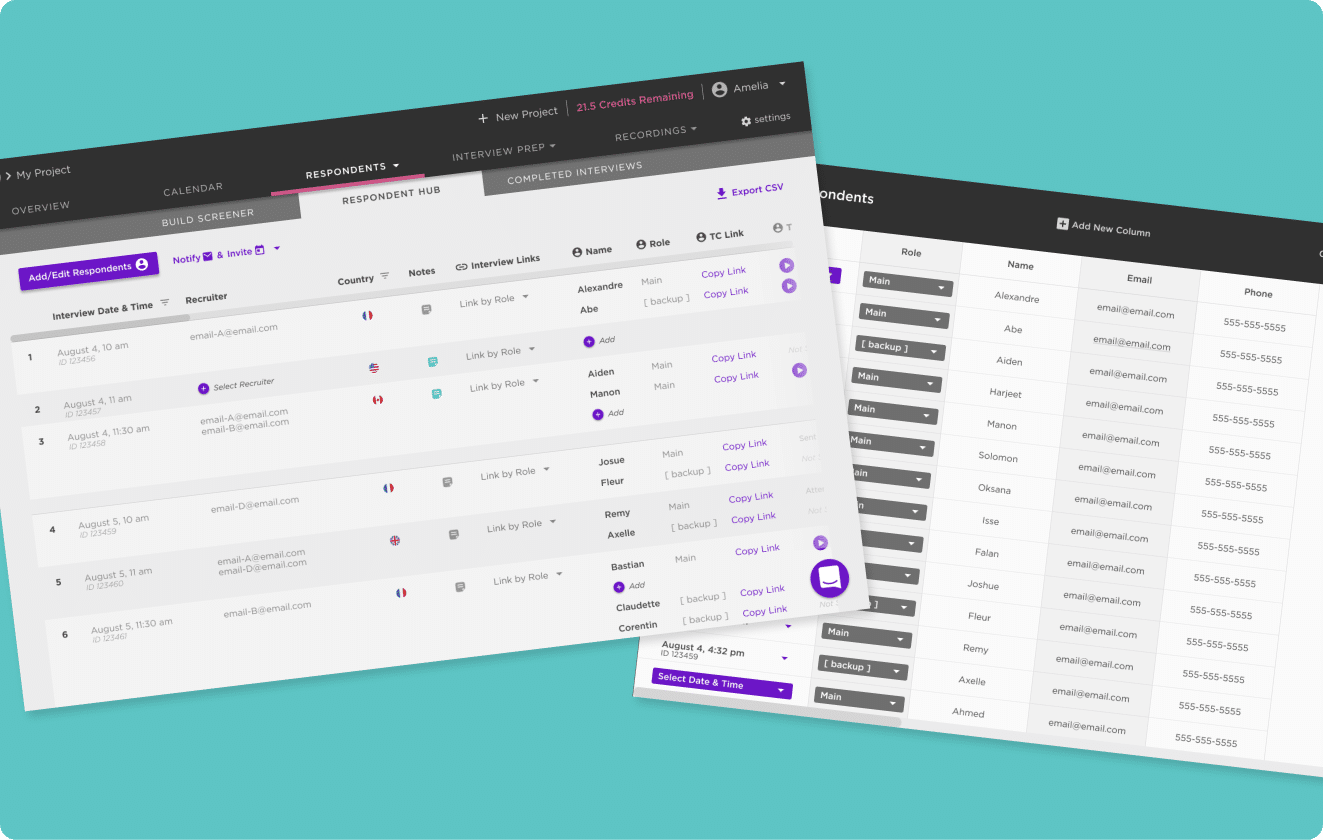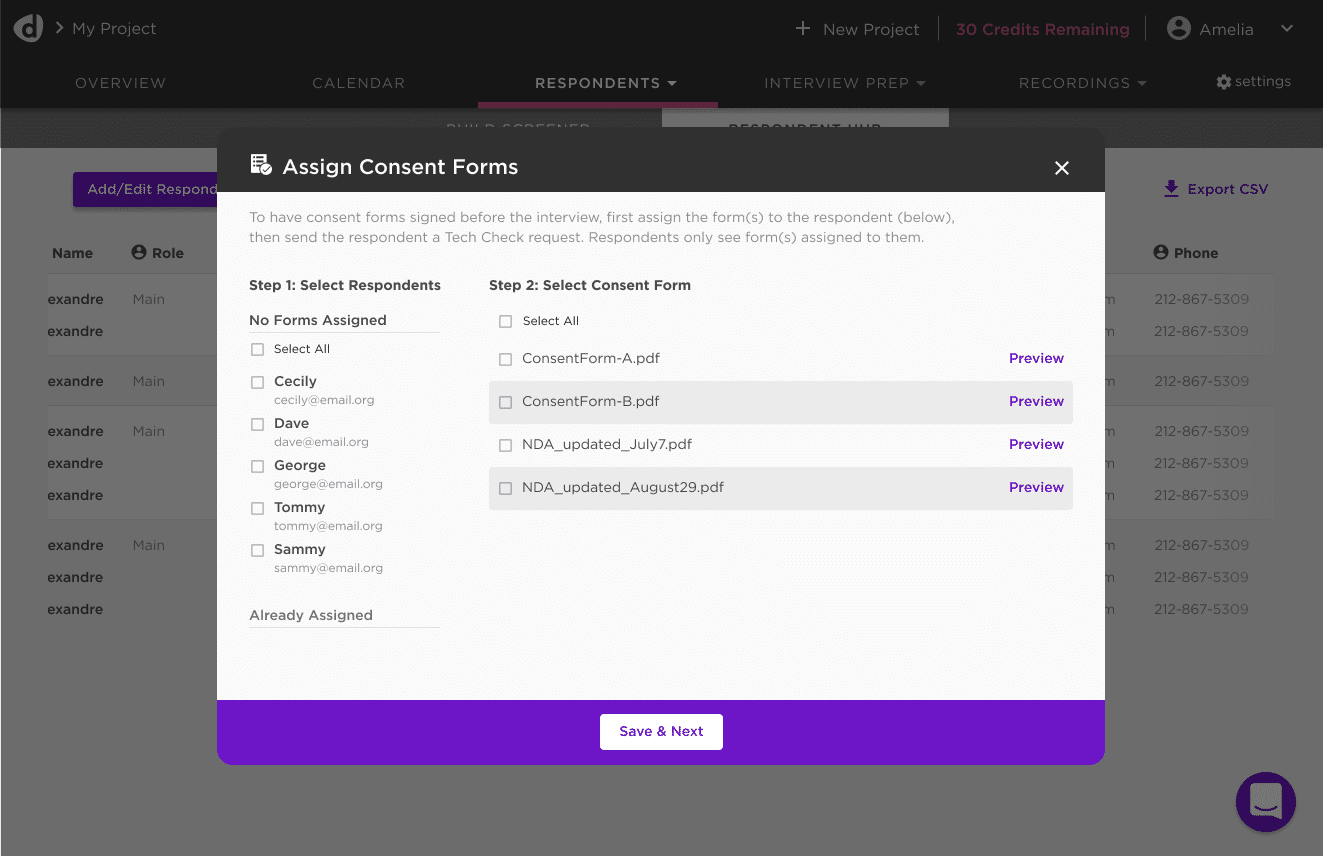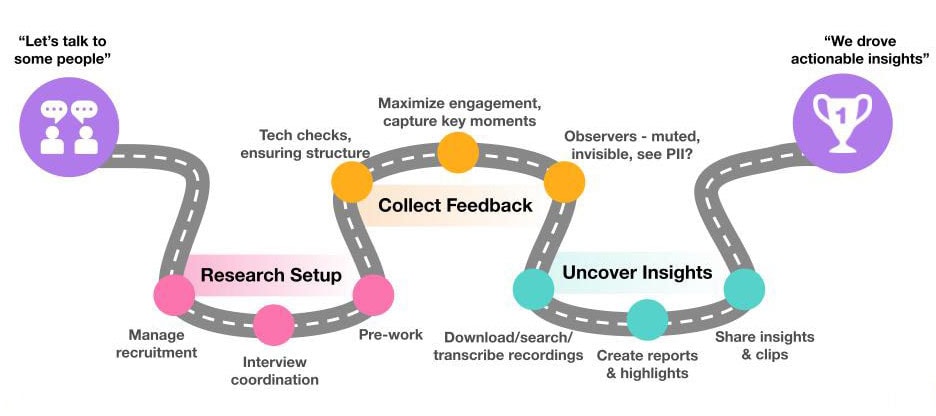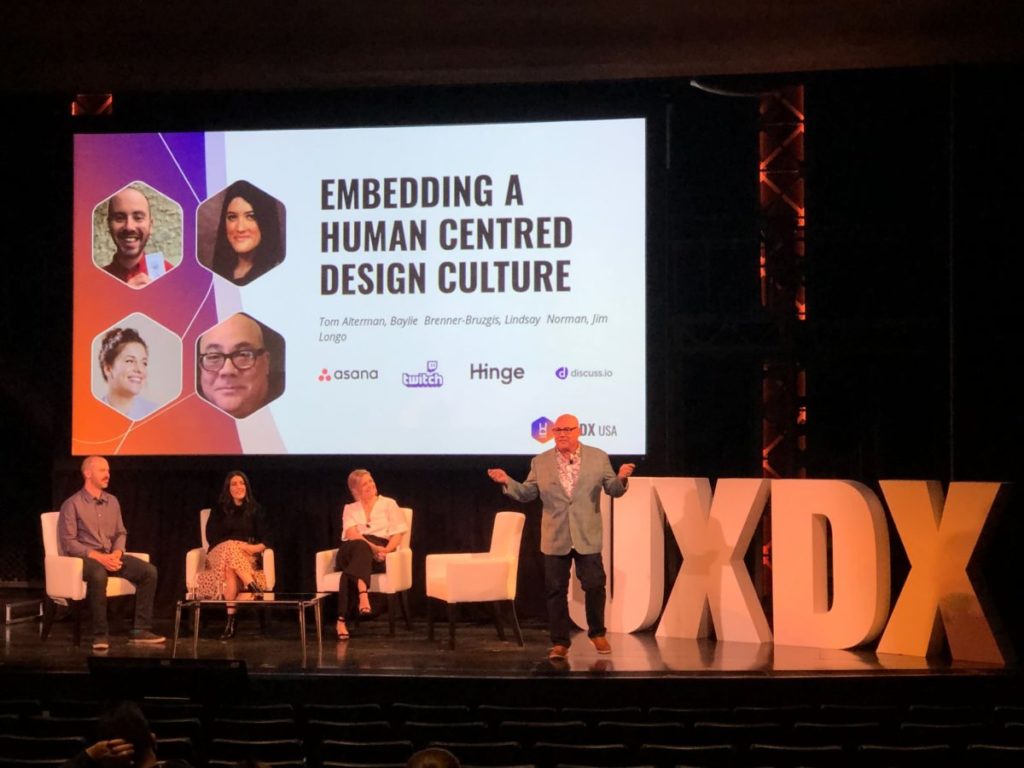3 Common Mistakes to Avoid in Qualitative Session Setup

Qualitative research sessions often have a lot of moving pieces even before a session can begin. Take, for example, a product manager that is overloaded with administrative burden:
Clarissa is a product manager of an airfare booking app. Her role requires her to discover unmet user needs and define business objectives for her team’s product vision and roadmap. This quarter, she’s been tasked with holding 3x more qualitative research sessions to learn about customers’ travel-related purchasing pain points ahead of the holiday season.
She sends meeting invites to respondents through Zoom, as her company has been doing for the past few years. But when she’s asked to send pre-tasks to all respondents, and to add backroom observers to her session, all while ensuring that respondents’ PII is protected and that their internet connections meet the platform requirements, she’s not sure how she’ll meet her timeline.
Ask any researcher and they’ll probably agree, setting up a live qualitative session is one of the least enjoyable parts of gathering customer insights. (See the poll results from our Forrester webcast, “Rethinking the Agile Manifesto for Research”).

From failing to protect your respondents’ privacy, to mismanaging respondents or observers, the path to seamless consumer insights can be quite a challenge. The good news is, there are ways to safeguard your research process to ensure that everything runs without a hitch.
If you’re tired of going from spreadsheets to Zoom links to calendar reminders, you are not alone. Teams that use a one-stop solution like Discuss save time, effort and gain quality insights and peace of mind by leveraging one management hub for all their qualitative research needs.
The administrative burden of using multiple platforms for research is real, and the stakes can be high that something will go wrong to invalidate your research.
Here are the top three most common mistakes in setting up qualitative research sessions and how to avoid them:
- Using tools that compromise data privacy and security: Many researchers that made the transition from in-person to online interviews began using Zoom as an easy stopgap measure for conducting research online. However, conferencing apps like Zoom or Teams have a history of security issues and offer a scattershot of privacy protections for respondents that are not realistic for global teams. Beyond ISO27001, companies must meet regulatory frameworks like CCPA, GDPR, and pseudonymization if a meeting room is located in Germany.
- Losing track of respondent activity: Project managers tasked with managing respondents oftentimes must do everything from sourcing, scheduling, sending stimuli, follow-up questions, and distributing incentives to respondents. Directly emailing dozens, if not hundreds, of respondents for multiple sessions is not only extremely cumbersome, but it’s all too easy to lose track of consent form signatures, tech check and pre-work completions among other tasks. For recruiters, keeping track of repeat respondents presents yet another challenge, as so-called “professional respondents” can skew qualitative data results.
- Using too many platforms for observer roles: Without an observer backroom built for research, teams must cobble together their own solutions for a backroom, sometimes going so far as to rely on Slack or a separate web conferencing app. Using this workaround doesn’t allow observers to engage with a live discussion as it’s happening, or enable them to communicate with the moderator. In addition, there are no options for observers to save a moment or generate a clip during the session, view the discussion guide to know where the moderator is going, or see poll results (even if respondents can’t). When a ‘backroom’ workaround isn’t built for an observer experience, observers aren’t able to enjoy in-the-moment collaborative tools to get the most out of a session.

Through the Discuss People Experience Platform, you can streamline the project management process through one central hub that allows you to:
- Plan all aspects of your interviews in one place, from recruiting and calendaring to discussion guides and project storage
- Manage respondents through real-time reporting of tech checks, consent form fills, invitation status, and attendance results
- Easily schedule and reschedule projects for all participants — respondents, moderators, and observers
- Automate invitations and communications with observers
- Send stimuli and pre-work to everyone at once and track completion
- Comply with all major privacy and security regulations: GDPR, CCPA, ISO 27001, German anonymization with integrated consent forms

To learn more about how market research agencies are able to deliver high quality research quickly by taking advantage of our purpose-built platform to enable better research setup, feedback collection and insights extraction, read our guide: “Shortcuts for Quality Qual: How agencies can minimize time, risk and improve insights quality.”
Sign Up for our Newsletter
Related Articles

3 Steps to Faster Insights
Same-day deliveries and two-day shipping have changed our expectations as consumers. Just as we expect our essentials or last-minute gifts…
Same-day deliveries and two-day shipping have changed our expectations as consumers. Just as we expect our essentials or last-minute gifts…

3 Key Takeaways from “Rethinking the Agile Manifesto for Research” Webcast
In the recent webcast, “Rethinking the Agile Manifesto for Research – And How to Put Experience at the Center,” Forrester…
In the recent webcast, “Rethinking the Agile Manifesto for Research – And How to Put Experience at the Center,” Forrester…

Discuss Addresses Top Pain Points for Teams at UXDX USA
In late May, members of the Discuss Product and Sales teams attended UXDX’s New York conference, aimed at Product, UX, Design…
In late May, members of the Discuss Product and Sales teams attended UXDX’s New York conference, aimed at Product, UX, Design…


